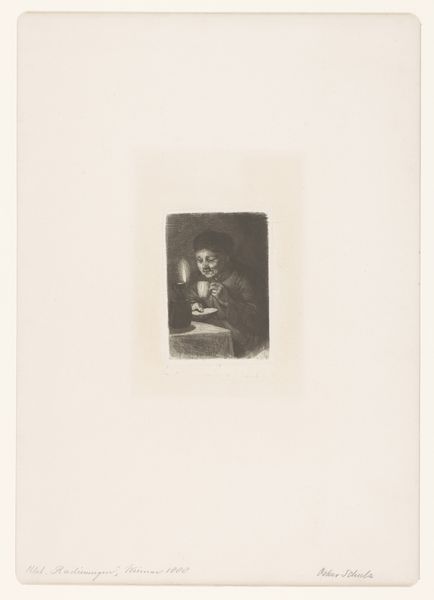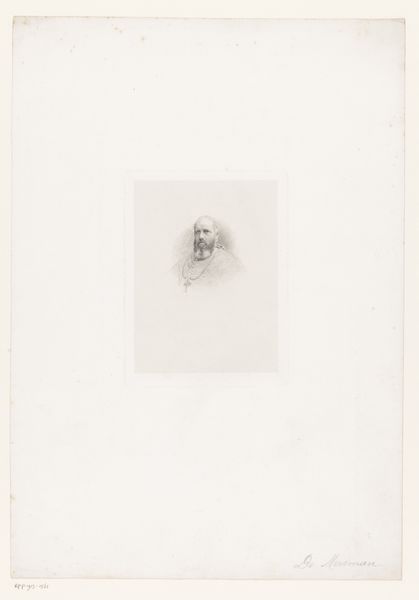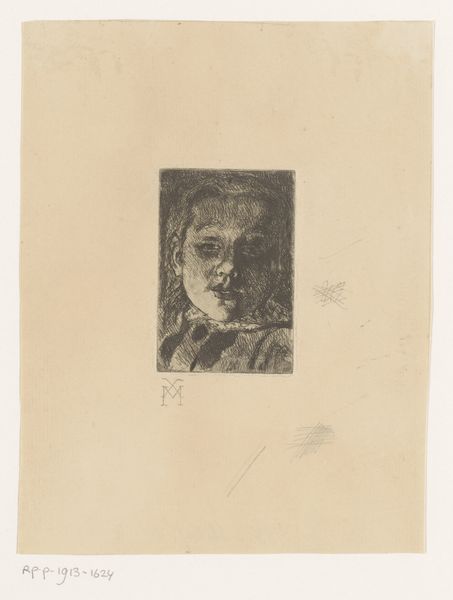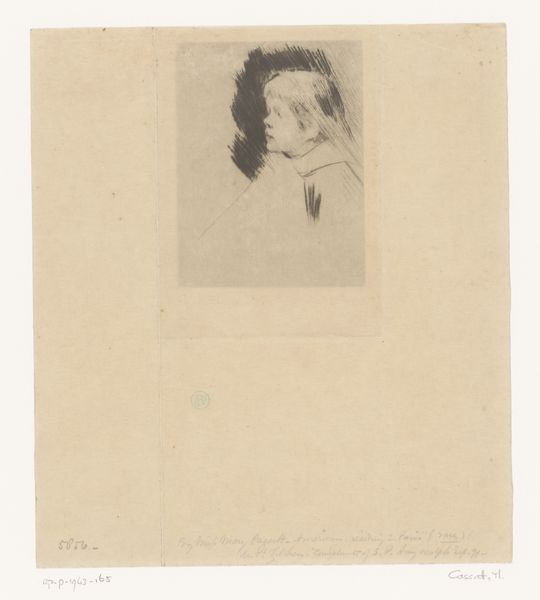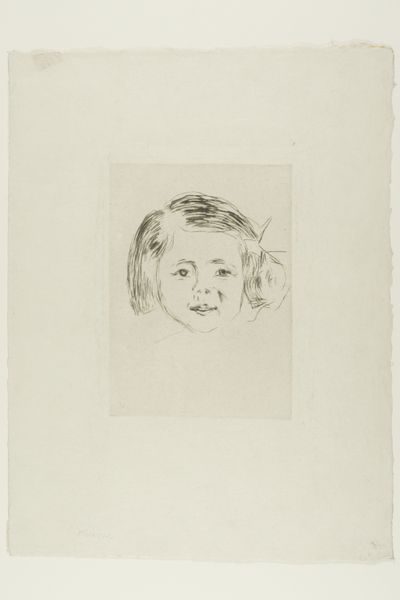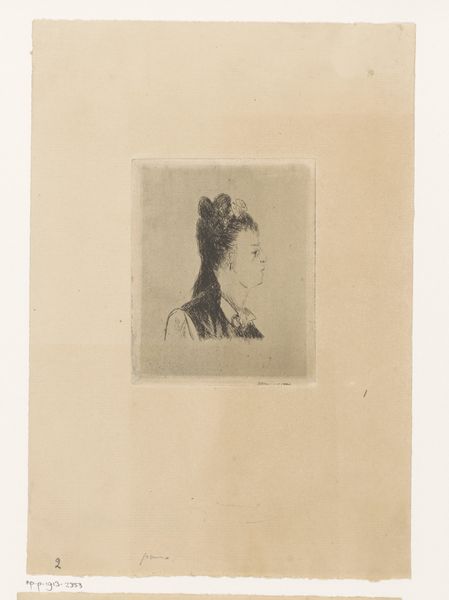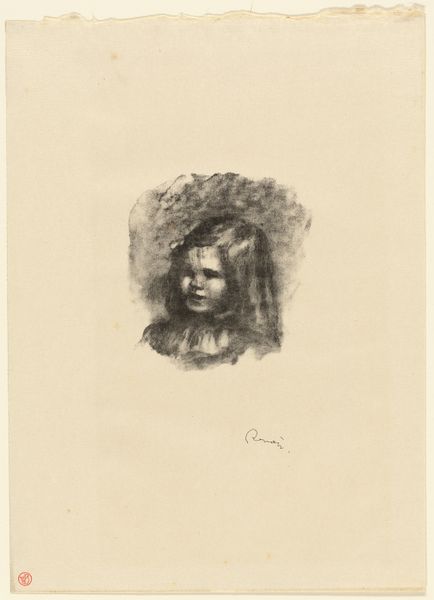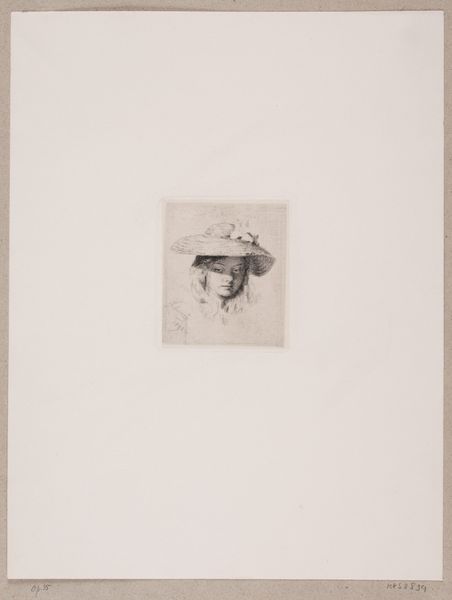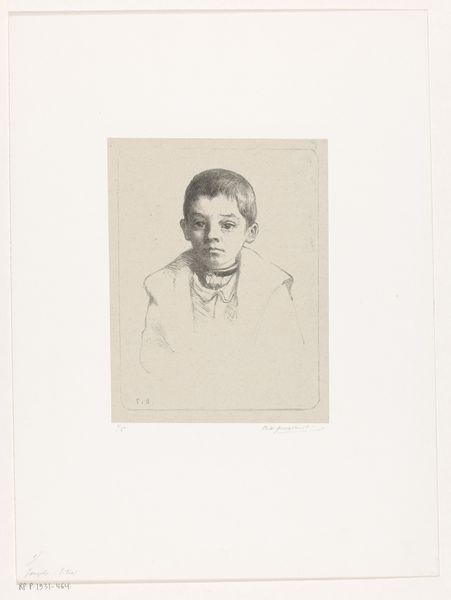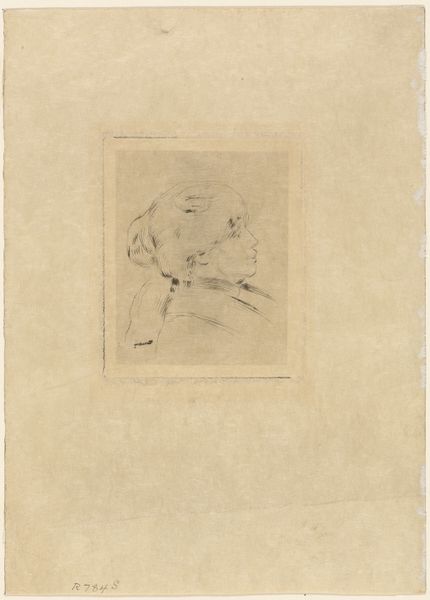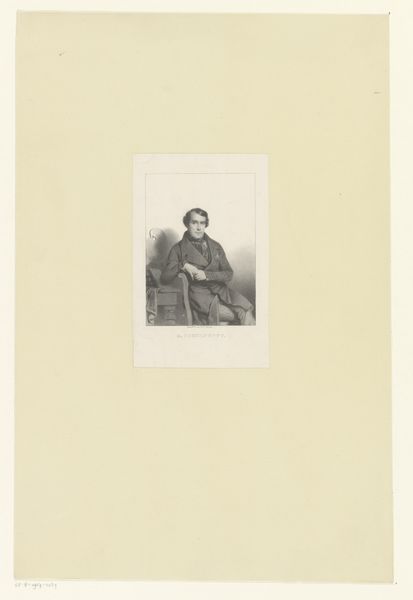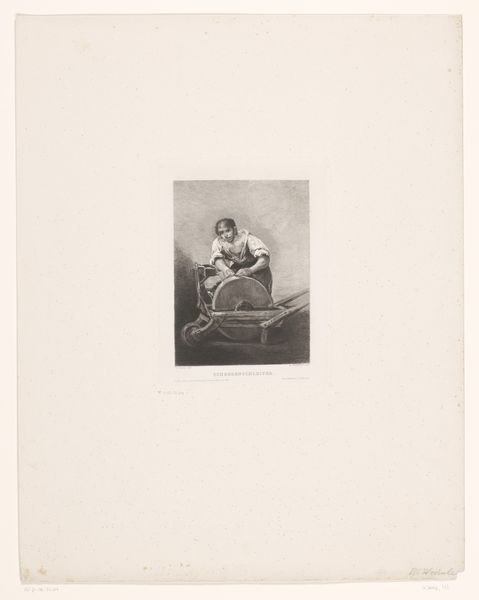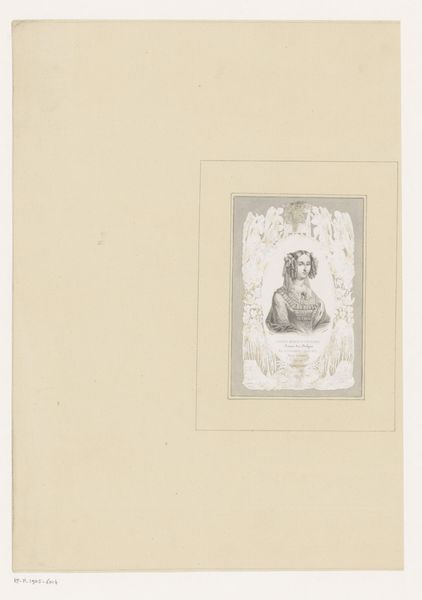
#
pencil drawn
#
photo of handprinted image
#
light pencil work
#
pencil sketch
#
light coloured
#
old engraving style
#
personal sketchbook
#
idea generation sketch
#
sketchbook drawing
#
pencil work
Dimensions: height 158 mm, width 118 mm
Copyright: Rijks Museum: Open Domain
Editor: So, here we have Auguste Danse's "Portrait of an Unknown Girl with Loose Hair" from 1884. It's a delicate pencil drawing. It's kind of understated, almost like a fleeting glimpse. What do you see when you look at this piece? Curator: I see the physical labor involved in its making. The texture of the paper, the pressure applied by the pencil. Consider how the industrial revolution influenced artistic production; cheaper paper and pencils enabled more drawings, sketches, and prints, and fostered artistic exploration among wider circles of the population, not just those with extensive schooling and ample access to art. This might be part of that democratizing impulse. Editor: Democratizing impulse, I like that. I was also struck by its simplicity. Curator: Yes, the apparent simplicity is intriguing. A pencil sketch can seem like just an idea, preliminary. Was this piece, or others of its kind, preparatory? A record? I wonder about the social context. Did the sitter's social class impact her access to be represented or influence the artist's decision to portray her with such subtle materials? Or, perhaps the ‘unfinished’ quality aligns with late 19th century aesthetic embrace of ‘honesty.’ Editor: That's a good point; the means by which we create images were rapidly changing at this point in time. Curator: Absolutely. The rise of photography as a reproducible, cheaper image-making technology, would definitely impact how artists saw the value, and perhaps, function of works like these pencil drawings. Was it in conversation *against* new methods of producing art? And for whom was it made, if not just for the artist's purposes? Editor: I hadn't thought about it like that before! So by looking at the materials and how it was made, we get a richer idea of what was happening socially at that moment. Curator: Exactly! And maybe challenge the hierarchy that places painting over drawing or printmaking, considering each’s availability and accessibility.
Comments
No comments
Be the first to comment and join the conversation on the ultimate creative platform.
